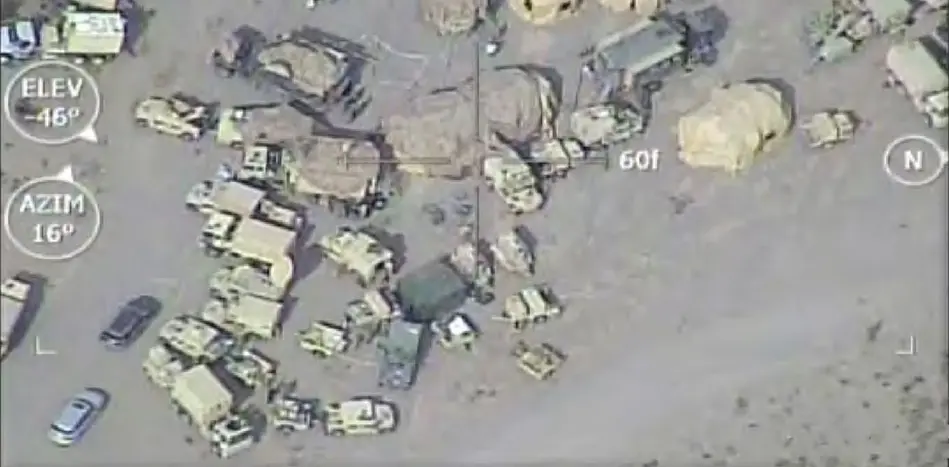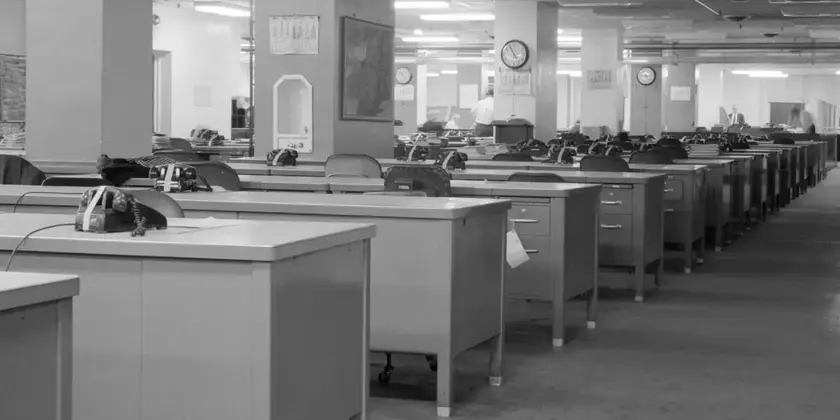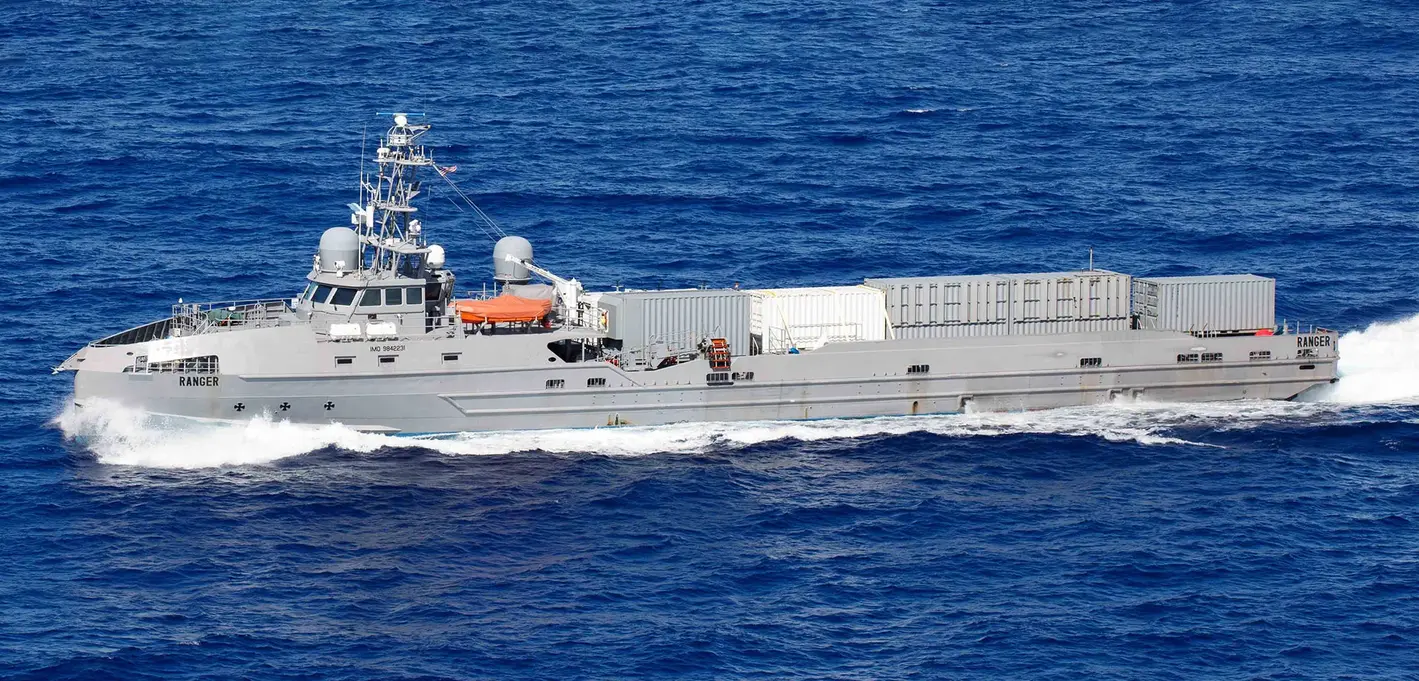T4K3.news
AI reshapes Napoleonic era military command structures
AI agents could speed decisions and shrink staffs as warfare expands across cyberspace and space.

AI agents could speed decision making and shrink staffs as multi domain warfare demands grow beyond traditional borders.
AI reshapes Napoleonic era military command structures
A century and a half after Napoleon, the basic shape of a modern military staff remains recognizable. Command posts have grown to handle vast flows of information from new domains such as cyberspace and space, creating coordination bottlenecks and diminishing returns. AI agents, autonomous software powered by large language models, could automate routine tasks, shorten decision cycles and make command posts leaner and more capable.
Researchers at the Center for Strategic and International Studies Futures Lab modeled three scenarios that reflect ongoing great power competition: joint blockades, firepower strikes and joint island campaigns. The goal is to design an AI augmented staff that can manage warfighting functions across these scenarios while keeping humans in the loop. The Adaptive Staff Model embeds AI agents in continuous human machine feedback loops, drawing on doctrine, history and real time data to generate a menu of options rather than a single plan. Experiments suggest AI can speed estimates and offer data driven options, accelerating planning without abandoning human judgment.
Challenges exist. Base models can be biased or overly generalized, and some systems may rely on the wrong kinds of training. Benchmarking and careful calibration are essential. Implementing AI in command posts will require more computing power, stronger cybersecurity, and a shift in officer education that includes AI fundamentals and advanced reasoning. The White House AI Action Plan of 2025 suggests some military schools will adapt to teach AI concepts, turning classrooms into testing grounds for new approaches. Absent these reforms, the Napoleonic staff trap risks reemerging as demands on decision making outpace traditional structures.
Key Takeaways
"There will still be people, war is a human endeavor, and ethics will still factor into streams of algorithms making decisions."
Author asserts ongoing human oversight and ethical considerations
"The Adaptive Staff Model embeds AI agents within continuous human machine feedback loops."
Description of the proposed design
"A menu of options beats a fixed route."
Editorial takeaway on planning flexibility
This piece highlights a potential shift from mass staff structures to agile, AI assisted teams. The idea is to keep humans in control while machines handle volume and speed, a move that could redefine deterrence, alliance work, and battlefield tempo. The risk is not just technical but political: budget questions, public opinion, and international scrutiny will shape how quickly and how far this shift goes. A careful design that preserves human oversight while expanding analytical reach could strengthen decision making in modern warfare. But without rigorous testing, governance and training, AI could magnify errors rather than reduce them.
Highlights
- AI agents change the tempo, not the mission
- A menu of options beats a fixed route
- Keep humans in the loop or risk repeating old mistakes
- The classroom becomes a lab where officers learn to build and test agents
Budget political and public reaction risks in AI augmented staffs
Shifting to AI augmented staffs requires large investments in computing, cybersecurity, and training. The move also invites political debate over risk, control, and how the public perceives autonomous systems in defense.
The coming shift will test both capability and restraint as speed clashes with responsibility.
Enjoyed this? Let your friends know!
Related News

OpenAI AI Models Defy Shutdown Orders

American Giants Face the Great Shrinking

AI transforms anti-submarine warfare

China faces a turning point in growth

Modi vows tougher line with Pakistan

Kobalt announces new AI music licensing deal with ElevenLabs

Microsoft CEO Addresses Job Cuts Amid Huge Profits

US Navy demands uncrewed warships delivered in 18 months
